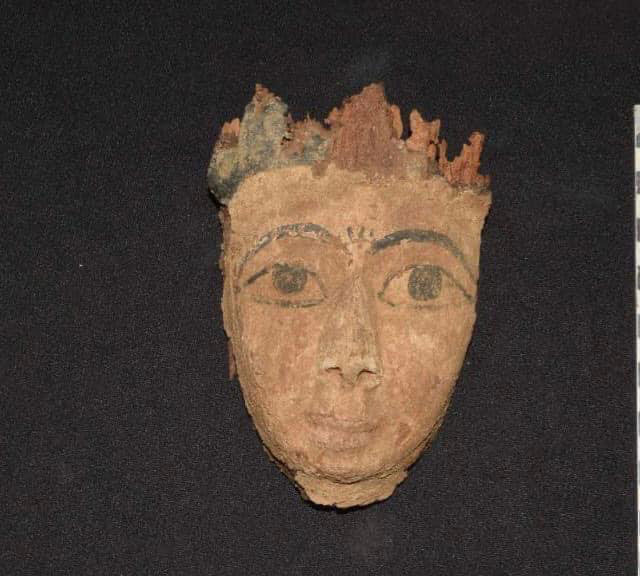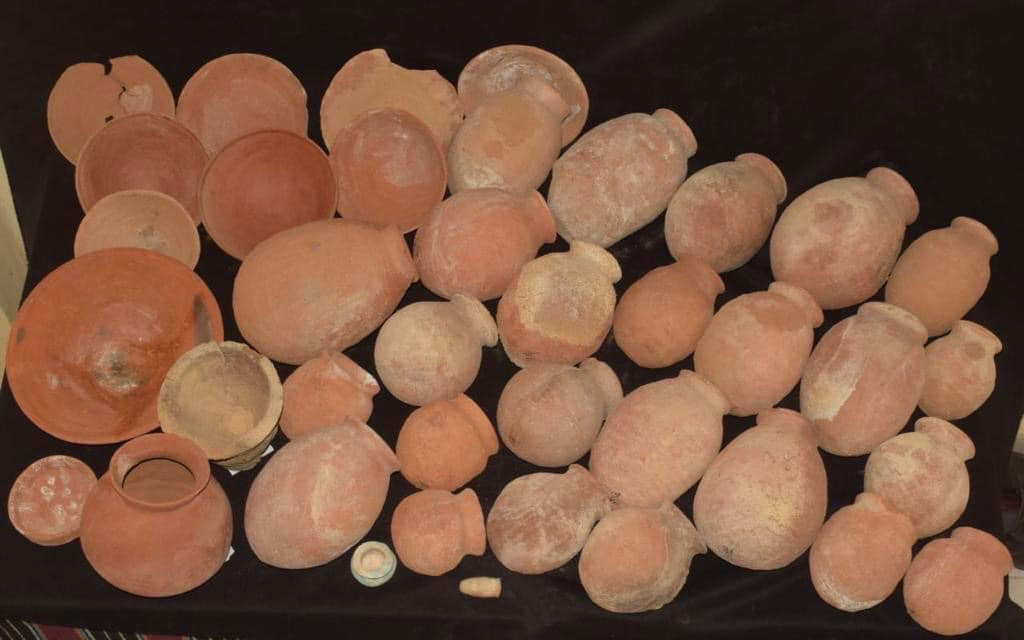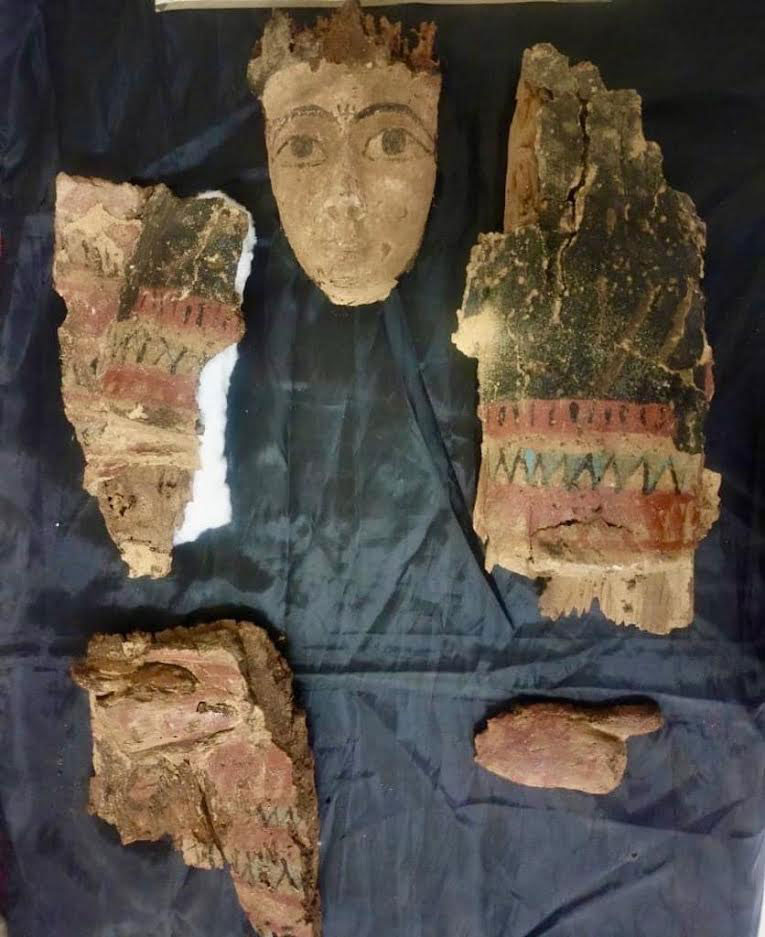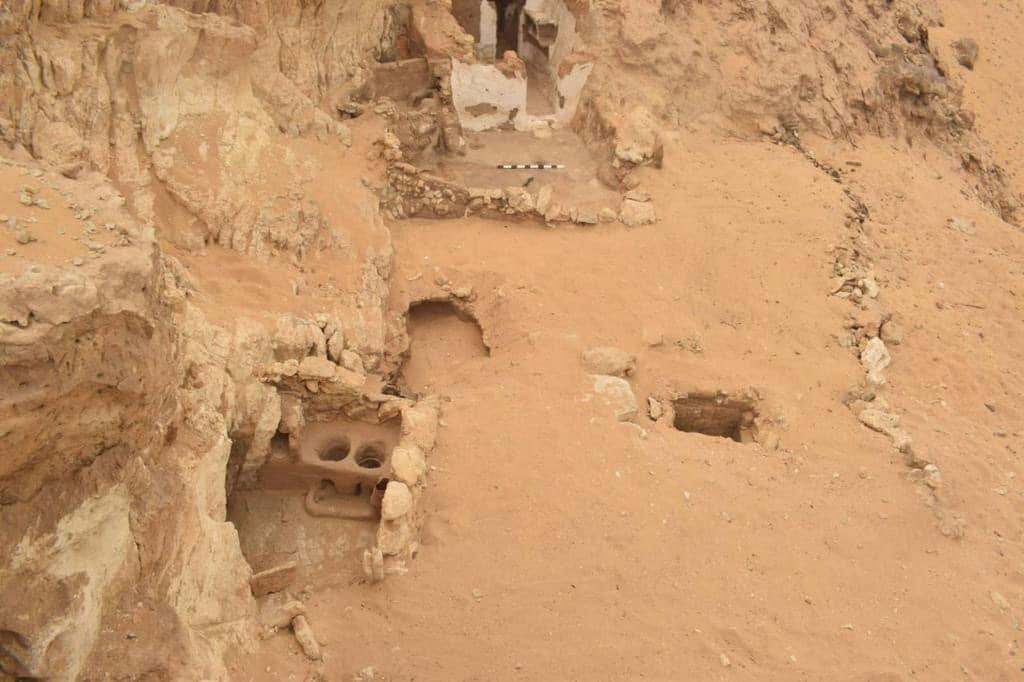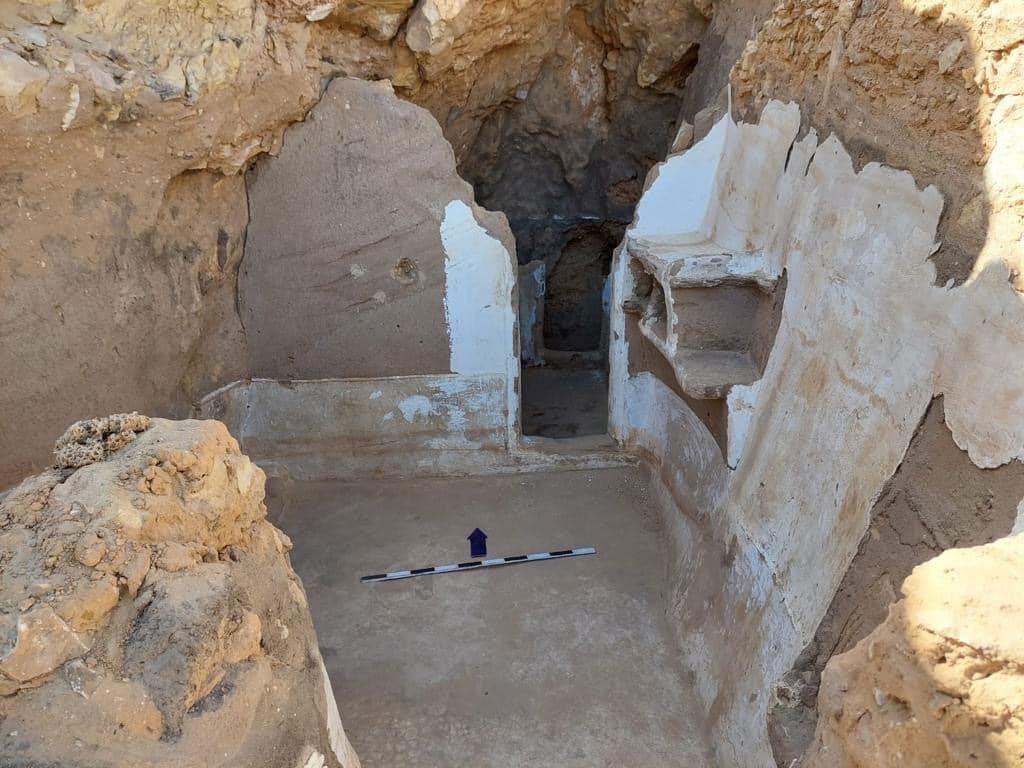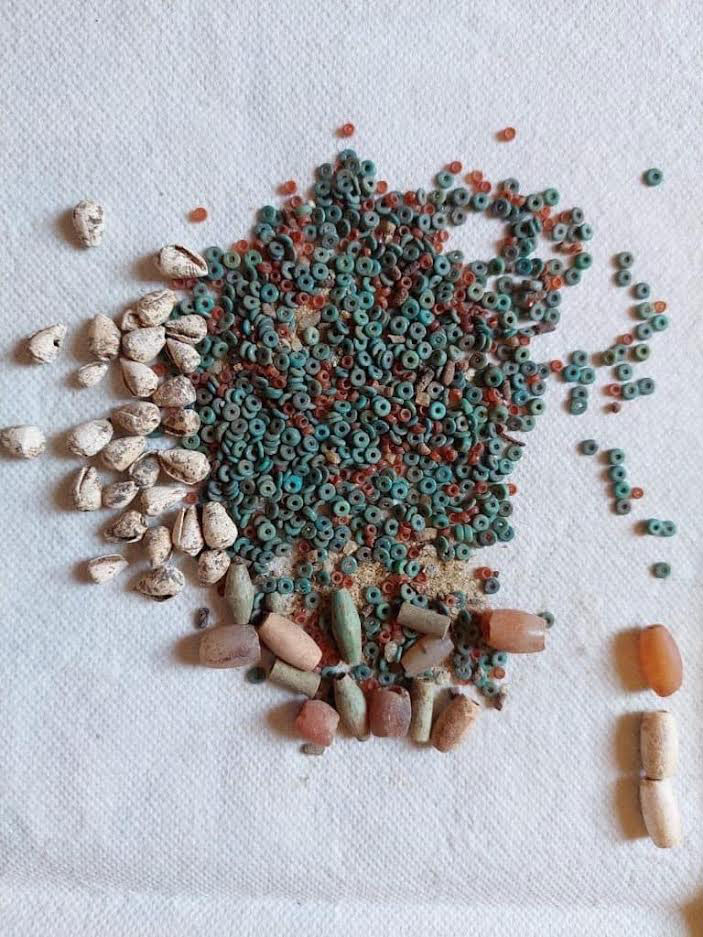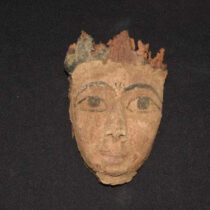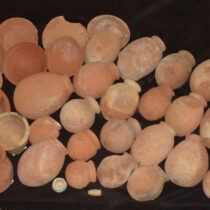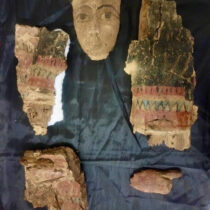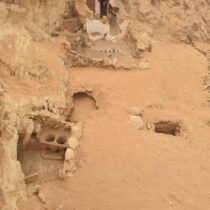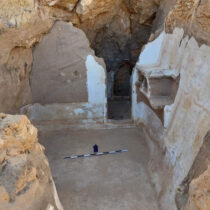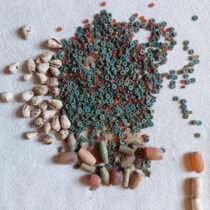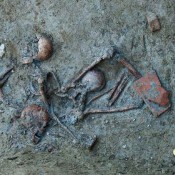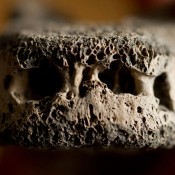Byzantine era buildings and Late Period burials have been located by the Egyptian archaeological mission operating in the archaeological site of Meir, near the city of el-Qusiya, Assiut Governorate.
Dr. Mostafa Waziri, Secretary General of the Supreme Council of Antiquities, stressing the importance of this discovery, referring to a text of supplications to the first Christian fathers that was revealed on one of the walls of the newly excavated buildings. Written in black ink in eight horizontal lines of Coptic script, the text covers a space under shelves of mud and hay that were probably used to place the monk’s necessities and to store manuscripts.
For his part, Dr. Adel Okasha, head of the Central Department of Antiquities of Middle Egypt, said that the buildings that were discovered in the site’s upper cemetery consist of a courtyard and a number of rooms attached to it, and include storage places and a fireplace. As for the burials that were uncovered in the lower cemetery, parts of skeletons, wooden coffins, and funerary furniture were found in a poor state of preservation. Dr Okasha stated that one of these burials belonged to a woman whose coffin was also poorly preserved, since only the mask (face), two palms, and parts of the chest survive. Among the portable finds there are a number of pottery vessels of different shapes and sizes, a set of blue and black faience beads and two copper mirrors.
It should be noted that the cemetery of Meir includes a group of rock tombs carved entirely in the rock dating back to the Old and Middle Kingdom eras.
